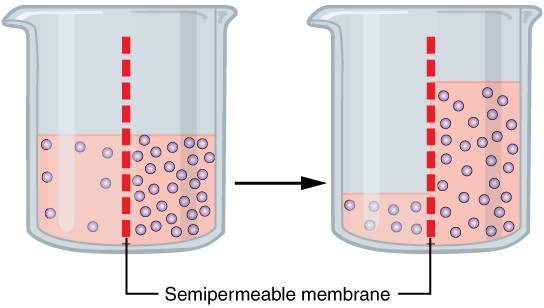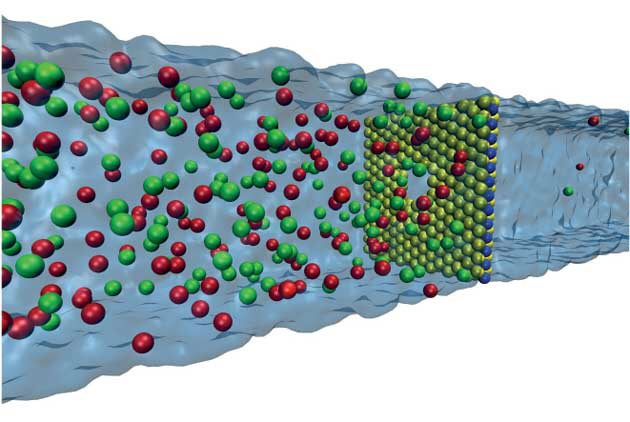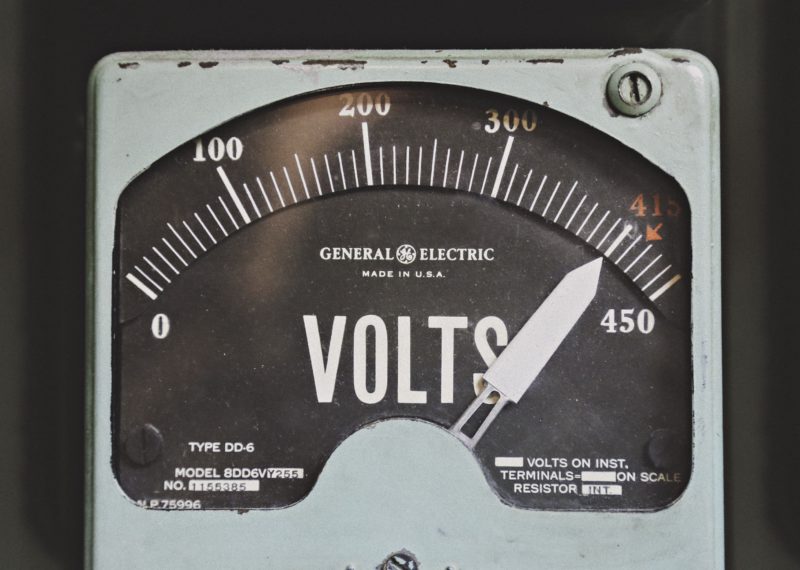Gaze at the end of a river, where saltwater and freshwater meet. It may not look like anything, but new research suggests this could be a massive source of electricity.
Imagine a tub divided in half by a semi-permeable membrane. On one side of the membrane, the tub is filled with saltwater. On the other side, it is filled with freshwater. Molecules from the freshwater side will squeeze through the membrane to dilute the salty side (such is water’s love of equilibrium). This process is called osmosis.
Osmosis can be used to generate power. As molecules passes through the membrane, the water level on the salty side of the tank rises. Rising water can move a turbine to run a generator. Historically, however, osmotic power plants have generated too little power to have any practical application.

Recently, a team of researchers from Switzerland and the United States built a new kind of osmotic power generator that vastly outperforms any that came before. In their version, one side of the tank contains a higher concentration of seawater ions than the other side of the tank. The membrane, which is just three atoms thick, features a single opening through which only positive ions can pass. An electrode connects the two sides. When positive ions squeeze through the membrane, their electrons transfer to the electrode, producing a current.

The ultra-thin membrane and its microscopic opening are key to the success of the generator. Larger membranes with myriad openings could generate huge sums of energy. The researchers say a membrane just one square meter in size could produce 1 megawatt of electricity, enough to power roughly 750 homes.
A version of this technology could be deployed to river estuaries where freshwater and saltwater meet. Unlike wind turbines and solar panels, they would reliably generate electricity at all hours of the day, potentially enough to power entire cities.
Jeremy Deaton writes for Nexus Media, a syndicated newswire covering climate, energy, politics, art and culture. You can follow him at @deaton_jeremy.


